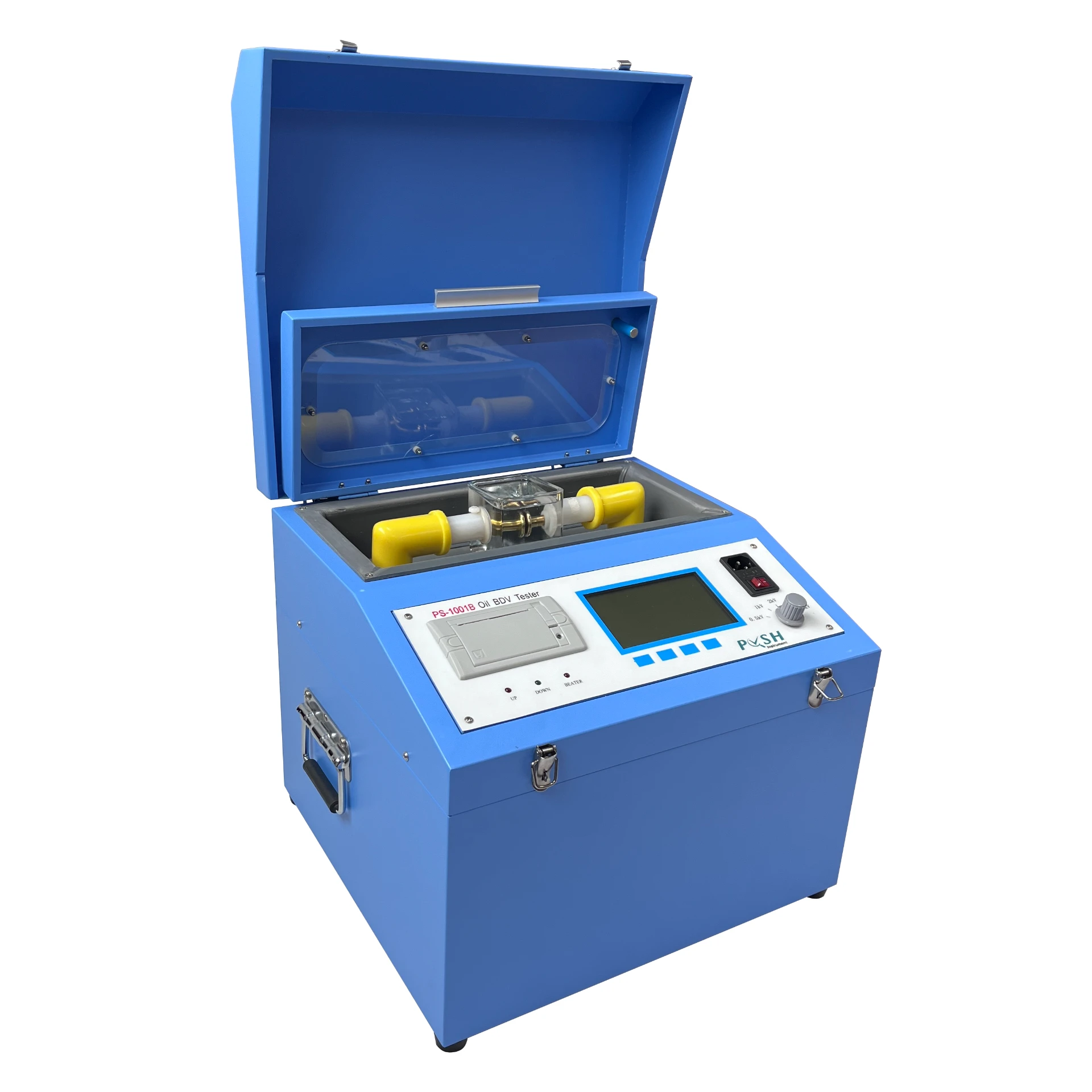 English
English



-
 Afrikaans
Afrikaans -
 Albanian
Albanian -
 Amharic
Amharic -
 Arabic
Arabic -
 Armenian
Armenian -
 Azerbaijani
Azerbaijani -
 Basque
Basque -
 Belarusian
Belarusian -
 Bengali
Bengali -
 Bosnian
Bosnian -
 Bulgarian
Bulgarian -
 Catalan
Catalan -
 Cebuano
Cebuano -
 China
China -
 China (Taiwan)
China (Taiwan) -
 Corsican
Corsican -
 Croatian
Croatian -
 Czech
Czech -
 Danish
Danish -
 Dutch
Dutch -
 English
English -
 Esperanto
Esperanto -
 Estonian
Estonian -
 Finnish
Finnish -
 French
French -
 Frisian
Frisian -
 Galician
Galician -
 Georgian
Georgian -
 German
German -
 Greek
Greek -
 Gujarati
Gujarati -
 Haitian Creole
Haitian Creole -
 hausa
hausa -
 hawaiian
hawaiian -
 Hebrew
Hebrew -
 Hindi
Hindi -
 Miao
Miao -
 Hungarian
Hungarian -
 Icelandic
Icelandic -
 igbo
igbo -
 Indonesian
Indonesian -
 irish
irish -
 Italian
Italian -
 Japanese
Japanese -
 Javanese
Javanese -
 Kannada
Kannada -
 kazakh
kazakh -
 Khmer
Khmer -
 Rwandese
Rwandese -
 Korean
Korean -
 Kurdish
Kurdish -
 Kyrgyz
Kyrgyz -
 Lao
Lao -
 Latin
Latin -
 Latvian
Latvian -
 Lithuanian
Lithuanian -
 Luxembourgish
Luxembourgish -
 Macedonian
Macedonian -
 Malgashi
Malgashi -
 Malay
Malay -
 Malayalam
Malayalam -
 Maltese
Maltese -
 Maori
Maori -
 Marathi
Marathi -
 Mongolian
Mongolian -
 Myanmar
Myanmar -
 Nepali
Nepali -
 Norwegian
Norwegian -
 Norwegian
Norwegian -
 Occitan
Occitan -
 Pashto
Pashto -
 Persian
Persian -
 Polish
Polish -
 Portuguese
Portuguese -
 Punjabi
Punjabi -
 Romanian
Romanian -
 Russian
Russian -
 Samoan
Samoan -
 Scottish Gaelic
Scottish Gaelic -
 Serbian
Serbian -
 Sesotho
Sesotho -
 Shona
Shona -
 Sindhi
Sindhi -
 Sinhala
Sinhala -
 Slovak
Slovak -
 Slovenian
Slovenian -
 Somali
Somali -
 Spanish
Spanish -
 Sundanese
Sundanese -
 Swahili
Swahili -
 Swedish
Swedish -
 Tagalog
Tagalog -
 Tajik
Tajik -
 Tamil
Tamil -
 Tatar
Tatar -
 Telugu
Telugu -
 Thai
Thai -
 Turkish
Turkish -
 Turkmen
Turkmen -
 Ukrainian
Ukrainian -
 Urdu
Urdu -
 Uighur
Uighur -
 Uzbek
Uzbek -
 Vietnamese
Vietnamese -
 Welsh
Welsh -
 Bantu
Bantu -
 Yiddish
Yiddish -
 Yoruba
Yoruba -
 Zulu
Zulu
Winding Resistance Test Transformer – Accurate, Reliable & Efficient Testing Buy Now
- Overview and fundamentals of winding resistance test transformer
- Technical advantages of modern winding resistance testing
- Manufacturers comparison with data-driven insights
- Importance of standard compliance and calibration
- Customized solutions for diverse transformer applications
- Industrial case studies and implementation results
- Conclusion: The future of winding resistance test transformer technology

(winding resistance test transformer)
Understanding the Winding Resistance Test Transformer
The winding resistance test transformer remains a cornerstone in ensuring the reliability and operational safety of power transformers. By evaluating the resistance value of transformer windings, this diagnostic process detects issues such as shorted turns, bad joints, and connection problems. Proper execution of this test is pivotal for commissioning, routine maintenance, and post-repair diagnostics. Adherence to international standards such as IEC 60076-1 and IEEE C57.12.90 is recommended for accurate and reliable test results.
Traditionally, the winding resistance test of transformer utilizes a calibrated DC source to inject current through the transformer windings, followed by voltage measurement across selected terminals. The resistance is then computed using Ohm’s Law. Modern testers automatically log ambient temperature and apply compensation to normalize data to 75°C or other reference values. According to industry surveys, over 77% of transformer failures stem from winding faults detectable by resistance measurements. Having access to a comprehensive winding resistance test of transformer PDF is essential for field engineers to document procedures and results. This test is not only preventive but can pinpoint specific maintenance actions, reducing overall transformer downtime by up to 26% annually.
Advanced Technical Features and Advantages
Emerging winding resistance test instruments incorporate advanced digital microprocessors, resulting in high precision (±0.1% accuracy), auto demagnetization, rapid data acquisition, and intelligent thermal correction algorithms. The infusion of smart interfaces allows for real-time graphical results and automated test sequencing, greatly reducing operator error and test cycle duration. The integration of Bluetooth and USB data export enhances workflow for asset managers.
One of the most disruptive improvements is the automatic temperature correction feature, which aligns with ASTM D2472 guidelines. This ensures results remain consistent and comparable, even when field conditions deviate from laboratory settings. Additionally, recent innovations such as adaptive current sourcing and programmable polarisations extend the test’s compatibility to reactors, shunt devices, and non-standard transformer configurations.
A pivotal advantage is speed: some high-current models complete a typical three-phase winding resistance test in less than 7 minutes, compared to traditional methods requiring 25–30 minutes. Device memory supports storage for thousands of test records, simplifying compliance with asset lifecycle management. Altogether, these advancements enable utilities and manufacturers to detect subtle anomalies before catastrophic failures occur.
Manufacturers Comparison: Data-Driven Insights
Choosing the right winding resistance test on transformer instrument is influenced by measurement range, accuracy, user interface, and after-sales support. To facilitate selection, a data-rich comparison of leading global manufacturers is provided below:
| Manufacturer | Model | Current Range (A) | Measurement Range (Ω) | Accuracy (%) | Test Duration (3-Phase) | User Interface | Export Options | Warranty (Years) |
|---|---|---|---|---|---|---|---|---|
| Omicron | WRM-10 | 0.1–15A | 0.1 μΩ – 10 kΩ | ±0.1 | 8 mins | 7” Touchscreen | USB, LAN | 3 |
| Megger | MRCT104 | 0.1–10A | 10 μΩ – 20 kΩ | ±0.15 | 9 mins | LCD + Keys | USB, SD Card | 2 |
| ISA | WRM-40 | 0.1–40A | 0.5 μΩ – 6 kΩ | ±0.2 | 7 mins | Graphical LCD | USB, Bluetooth | 3 |
| DV Power | RMO60TD | 0.1–60A | 1 μΩ – 8 kΩ | ±0.1 | 6.5 mins | Touchscreen | USB, RS232 | 5 |
| Raytech | WR50-20 | 0.1–50A | 0.1 μΩ – 20 kΩ | ±0.08 | 7.5 mins | Touch + Rotary | USB, WLAN | 3 |
As shown, although all models support essential winding resistance test functionalities, nuances like extended current ranges, touchscreen usability, or Bluetooth export can considerably improve workflow and adaptability to site environments. Warranty and post-sales support are crucial for field-intensive dispatches, with DV Power offering industry-leading 5-year coverage.
Ensuring Compliance: Standards and Calibration Best Practices
Robust test results are only as reliable as the standards and calibration procedures implemented. All reputable winding resistance test transformer devices are designed to conform with IEC, IEEE, and national protocols. Regular calibration—preferably annual and traceable to national metrology institutes—ensures the measured values remain precise throughout the instrument’s operational life. Test reports should include both raw and corrected measurement data, the test temperature, and a unique calibration certificate. Using pre-calibrated and firmware-locked testers minimizes the risk of operator-induced drift.
Data integrity is further reinforced by standardized templates, such as a "winding resistance test of transformer PDF" log, capturing serial numbers, test conditions, and pass/fail status for each tested phase. This practice allows asset managers to perform detailed trend analysis across fleets, improving transformer replacement planning and budgeting. For regulated markets and mission-critical installations, external auditing of test results is rapidly becoming the standard to ensure both transparency and conformance.
Tailored Solutions and Customization
The diversity of the global transformer fleet necessitates customized winding resistance test on transformer solutions. Large utilities may require ruggedized, multi-channel testers with wireless data capabilities to manage vast high-voltage networks, while OEMs prefer compact, modular instruments that integrate seamlessly with factory acceptance test benches.
Many manufacturers provide bespoke engineering, including integrated software suites for cloud synchronization, optional insulation resistance modules, or automated report generation tailored to specific corporate criteria. Customizable test scripts based on transformer rating and tap pattern reduce test complexity and ensure identical repeatability. Additionally, advanced models can be configured to cycle test through multiple tap changers automatically—significantly speeding up project completion timelines.
For challenging operating conditions—such as petrochemical plants or offshore platforms—devices with enhanced ingress protection (IP65+) and ATEX certification provide both safety and performance. Integration with enterprise asset management (EAM) systems is another area of rapid advancement, enabling instant test record uploads to central databases for 24/7 global fleet monitoring. Thus, customization is not just about hardware but about comprehensive solutions that drive value across the asset lifecycle.
Application Examples: Real-World Results
The impact of optimized winding resistance test solutions is reflected in diverse industry deployments. For example, in a large-scale utility serving over 13 million customers, switching to modern test systems reduced routine outage durations by 18% while uncovering hidden winding degradation in 7% of the transformer fleet. Detailed "winding resistance test of transformer PDF" records streamlined compliance and warranty claims.
A transformer manufacturing plant, producing over 500 units monthly, utilized programmable testers with built-in demagnetization. This reduced average test time per unit from 17 to 6 minutes, achieving a 62% productivity increase and lowering labor costs by an estimated $85,000 per year. By leveraging cloud-based analytics, fleet operators correlated incremental resistance changes with load events, enabling proactive replacement of units well in advance of failure.
For renewable energy projects, especially wind and solar farms using compact pad-mounted transformers, rugged portable testing solutions verified factory integrity and on-site performance rapidly. Case studies further indicate that strict implementation of standardized test sequence templates has cut unplanned transformer outages by an average of 31% across critical installations in the petrochemical and data center sectors.
Conclusion: The Future of Winding Resistance Test Transformer Technology
The continual advancement of winding resistance test transformer technology is transforming the way utilities, manufacturers, and service providers assess transformer health and extend asset life. With state-of-the-art technical features, manufacturer competition, process customization, and proven field performance, modern test solutions yield compelling operational and financial returns. Detailed digital documentation, rapid and accurate measurement routines, and seamless integration with asset management platforms are elevating the industry’s safety and reliability standards.
As the energy sector undergoes digitalization and grid expansion, the strategic role of the winding resistance test on transformer will intensify further, underpinning predictive maintenance models and data-driven fleet optimization. Adaptation to evolving standards and constant innovation will ensure this cornerstone diagnostic continues to deliver exceptional value for decades to come.

(winding resistance test transformer)
FAQS on winding resistance test transformer
Q: What is a winding resistance test transformer?
A: A winding resistance test transformer is a device used to measure the electrical resistance of transformer windings. This test helps detect issues like shorted turns or poor connections. Regular testing ensures the reliability and efficiency of transformers.
Q: Why is winding resistance test of transformer important?
A: The winding resistance test of transformer identifies problems such as loose connections, damaged conductors, or faulty joints. Early detection prevents transformer failure and electrical hazards. It's a key part of transformer maintenance protocols.
Q: Where can I find a winding resistance test of transformer PDF guide?
A: Winding resistance test of transformer PDF guides are available on manufacturer websites or electrical engineering forums. These documents provide detailed instructions on test procedures. Search for "winding resistance test of transformer pdf" for relevant resources.
Q: How is the winding resistance test on transformer performed?
A: The winding resistance test on transformer is performed by applying a DC current through the windings and measuring the resulting voltage drop. This allows calculation of resistance using Ohm’s law. Results help assess the winding's condition.
Q: What equipment is required for a winding resistance test transformer?
A: You need a transformer winding resistance tester, test leads, and safety gear for the test. The tester supplies DC current and measures resistance directly. Proper calibration and connections are essential for accurate results.
-
Testing Equipment Industry Sees Major Advancements in 2025: Smart & Precision Technologies Lead the WayNewsJun.06,2025
-
Applications of Direct Current Generators in Renewable Energy SystemsNewsJun.05,2025
-
Hipot Tester Calibration and Accuracy GuidelinesNewsJun.05,2025
-
Digital Circuit Breaker Analyzer Features and BenefitsNewsJun.05,2025
-
Benefits of Real-Time Power Quality Monitoring Devices for Industrial EfficiencyNewsJun.05,2025
-
Earth Fault Loop Testing in High-Rise Building Electrical SystemsNewsJun.05,2025



